If you’re trying to eat healthier, you’re not alone. But it’s frustrating how expensive vegetables are compared to microwaveable chicken nuggets. Plus, fresh produce seems to spoil in a heartbeat, causing you to toss the healthy, pricey food if you don’t get to it within a few days. One of the best ways to eat well and save money is to avoid food waste.
We have some tips to help you stick to your budget without relying on McDonald’s. It may seem impossible, but with the right strategy, you can eat well without breaking the bank.
1. Meal Plan
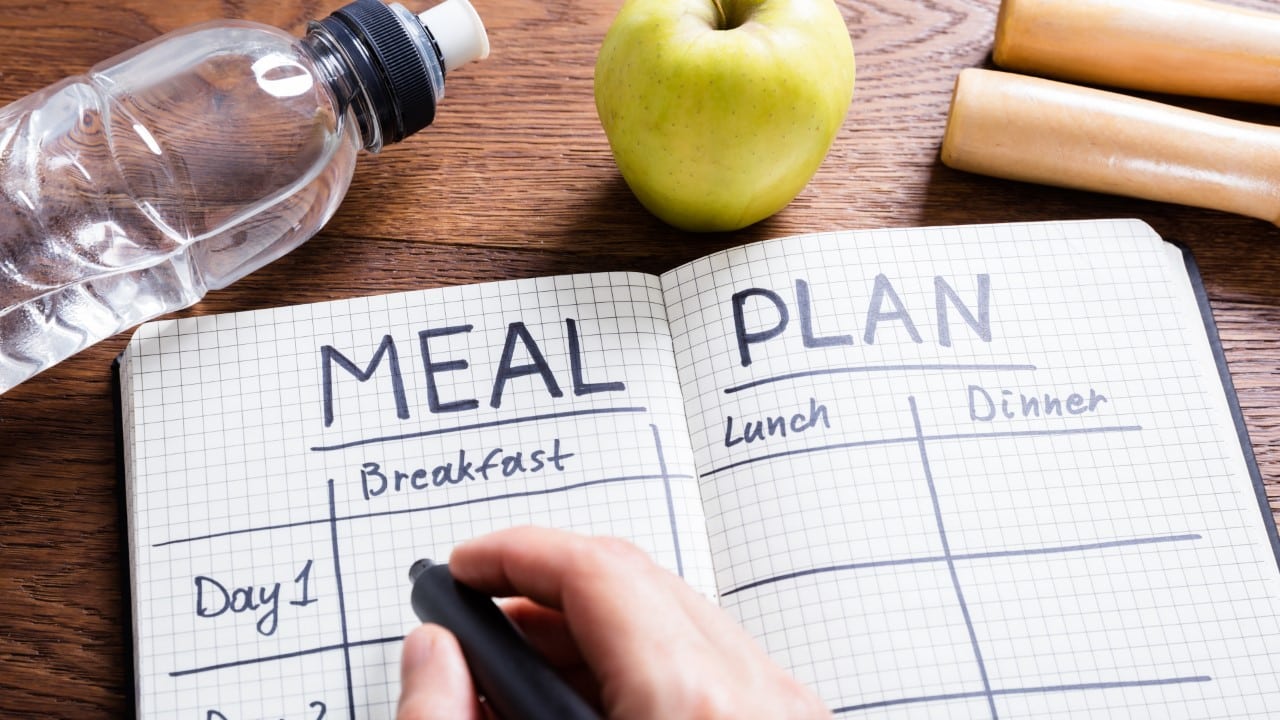
Believe it or not, planning your meals can save money and improve your eating habits. It can prevent the need to order out and ensures you use all ingredients wisely. Try to write out your meal plan at the start of every week and stick to it.
2. Double Your Recipes
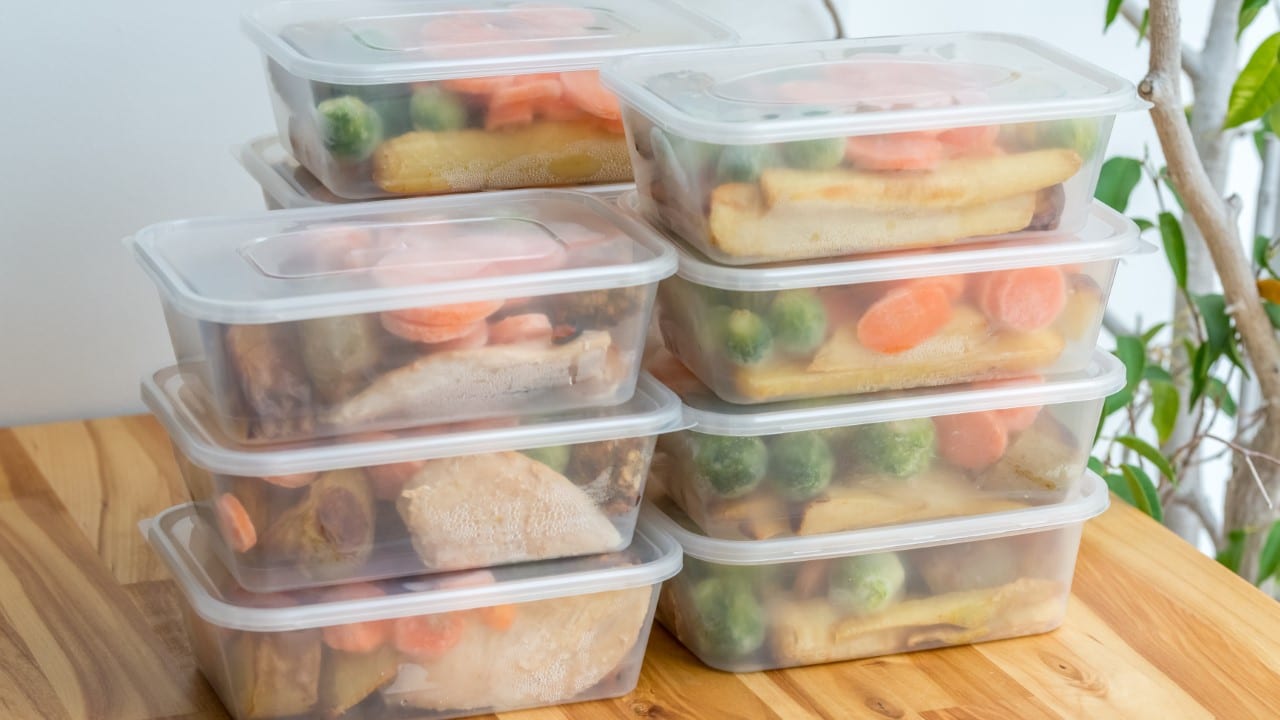
Meal planning gets even easier when you double your recipes. You only have to cook every other day or maybe less by making extra food, and you can still enjoy healthy, home-cooked dishes. You’d be amazed by what kind of dinners can be frozen, and this trick saves you time.
3. Shop With the Seasons

Not only does in-season produce taste better, but it’s usually cheaper. In-season foods require less preservatives and transport so grocery stores can charge less for them! Plus, shopping with the seasons means you won’t fall into a monotonous recipe routine that gets dull.
4. Opt for Store Brands

It can be hard to get the store-brand peanut butter if you’ve been eating Skippy your whole life, but saving a few dollars on every grocery shop makes a huge difference. Try all the store brands and only go back to name brands if you absolutely cannot stand the store brand.
5. Focus on Healthy Cooking Methods

Most people know that grilling or baking food is healthier than frying. This is 100% true, but skipping the frying and sauteeing can also save you money in the long run. When you bake or grill something, you don’t need half a gallon of vegetable oil, and you may not need to use any oil or butter!
6. Rely on Pantry Staples

Flour, sugar, baking powder, and spices are pantry staples. Pantry staples last years and are affordable, so use them as much as possible. Rather than getting biscuit dough, make your own for a fraction of the price. Try to make things from scratch as often as you can.
7. Buy Frozen Foods

Unfortunately, the healthiest ingredients are also the ones that spoil the fastest. Rather than watching fresh spinach and Brussels sprouts wilt and rot in your fridge, buy frozen versions that won’t go bad anytime soon! Peas, corn, green beans, broccoli, and spinach are excellent frozen veggies. Berries are great, too!
8. Utilize Coupons
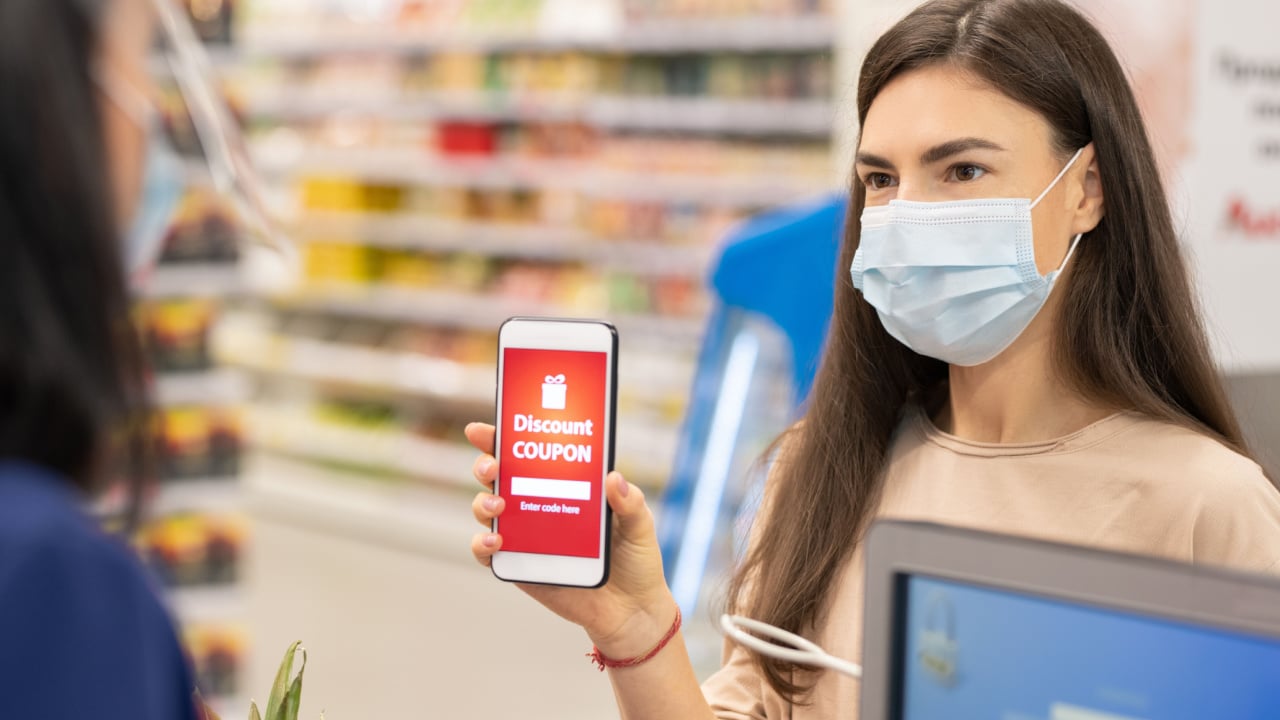
We know clipping coupons is no fun, but these discounts can save you hundreds on groceries yearly. You can also use coupon apps that require no clipping! In addition to coupons, look for deals and sale sections in your grocery store or download store apps to take advantage of limited-time offers.
9. Stop Impulse Buying

Those Oreos look delicious, but impulse buying is a recipe for a poor diet and an empty wallet. Whether you’re prone to impulsive buys at the grocery store, when you stop at the gas station or your local coffee shop, it’s time to stop. Your wallet and body will thank you.
10. Stick to Your List
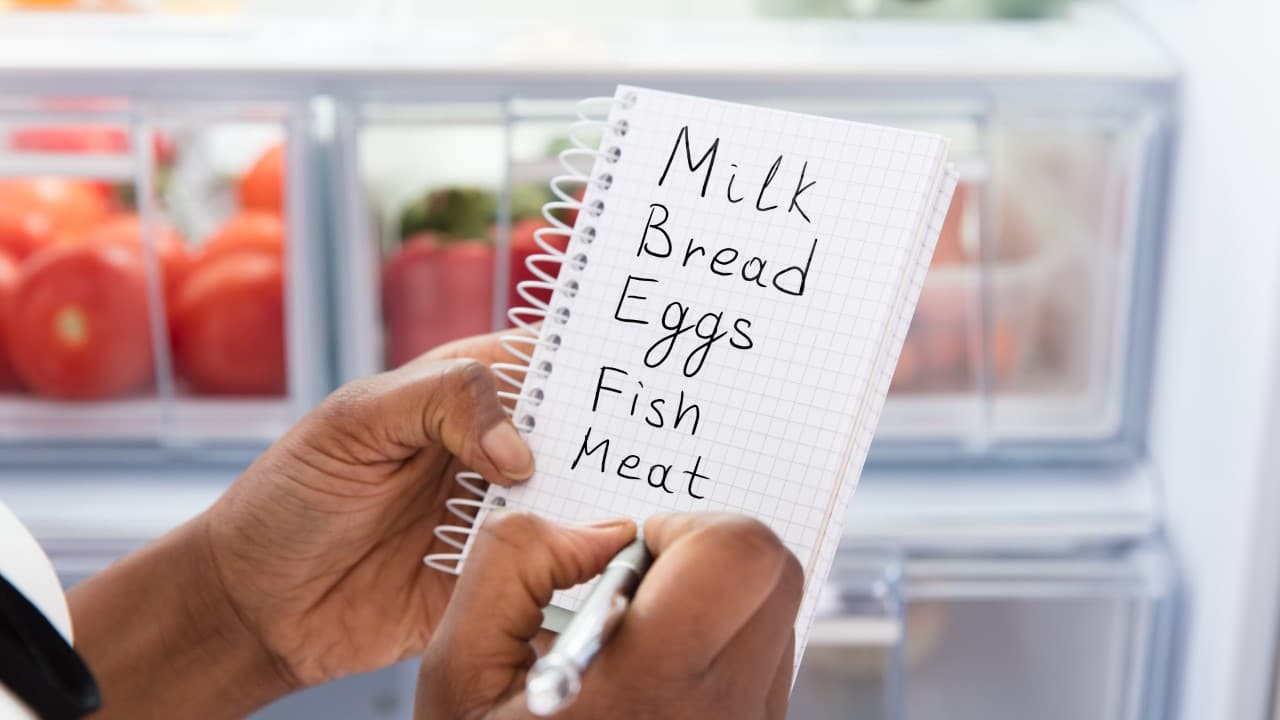
Meal planning is crucial, and your grocery list should align with your meal plan. Diverting from your list is bad because it can ruin your meal plan and make your grocery shop unnecessarily expensive. Along with your list, try to determine an appropriate budget.
11. Start Gardening

We know this is a tall order, but if you have the skill, space, and dedication, a vegetable garden can save you loads of money and fill your diet with fresh, healthy veggies. Best of all, growing a garden can make your healthy diet more exciting and rewarding.
12. Eat Before Shopping

For those struggling to stick to a shopping list, we recommend eating a decent meal or even a filling snack before going to the grocery store. When you shop hungry, whether online or in person, you’re more likely to make impulsive purchases and choose unhealthy items.
13. Quit Snacking

Listen, we get it. Kicking your snacking habits is tough, but eating healthy and saving money is necessary. Snacks are typically unhealthy and expensive, so if you can quit snacking between meals or late at night, you can focus on your nutritious meals and shorten your grocery list.
14. Drink More Water

Increasing your water intake is an excellent way to stop snacking and eat less. Water is a natural appetite suppressant, helping you feel less hungry between meals. Drink water throughout the day, especially with your meals, to make them more filling. You’ll feel better and spend less.
15. Shop Online
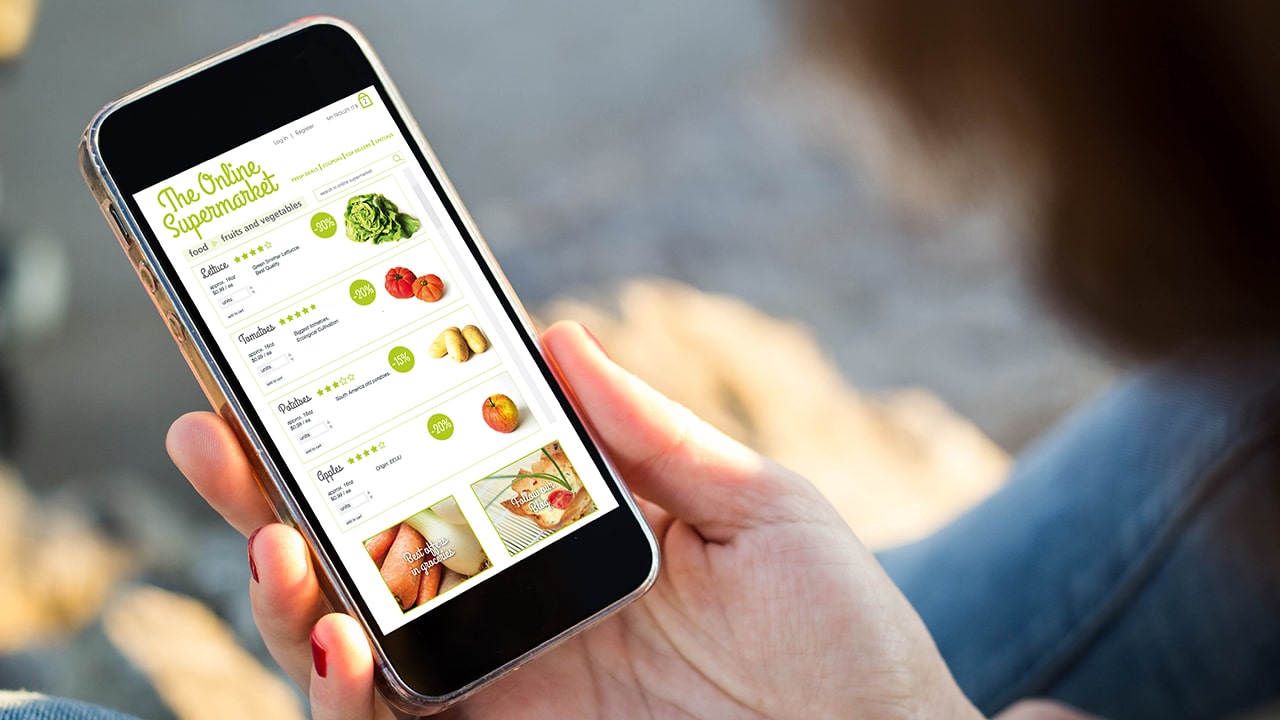
Nowadays, you can order groceries for delivery or pick-up. Doing this makes it easier to stay within your budget and avoid impulse buying. You can edit your cart and see the total before you checkout. Plus, you won’t be tempted by all the goodies you see in the grocery store.
16. Stock Up on Cans
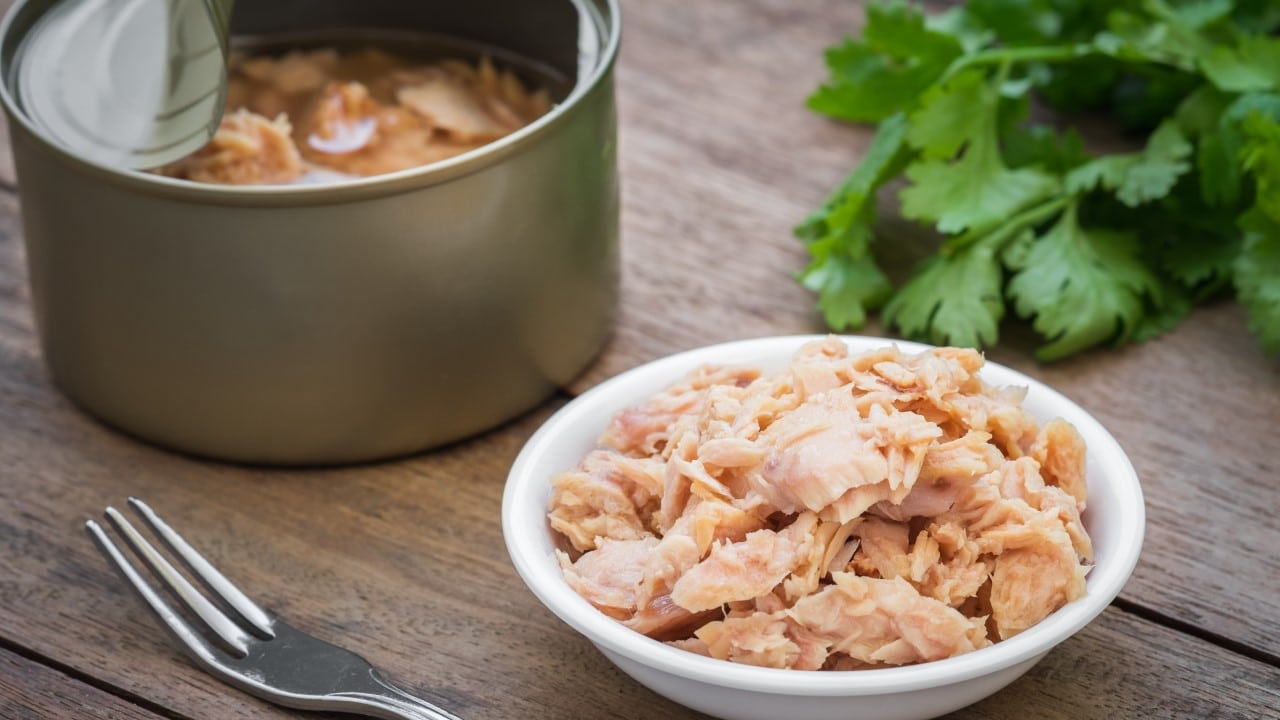
Similar to frozen produce, canned produce lasts exponentially longer than fresh food. Rely on canned foods like beans, tomatoes, corn, pears, peaches, and other items rather than buying them fresh. This can reduce food waste and ensure you get veggies and fruit in your diet. Don’t underestimate the power of a can of tomato paste!
17. Buy in Bulk
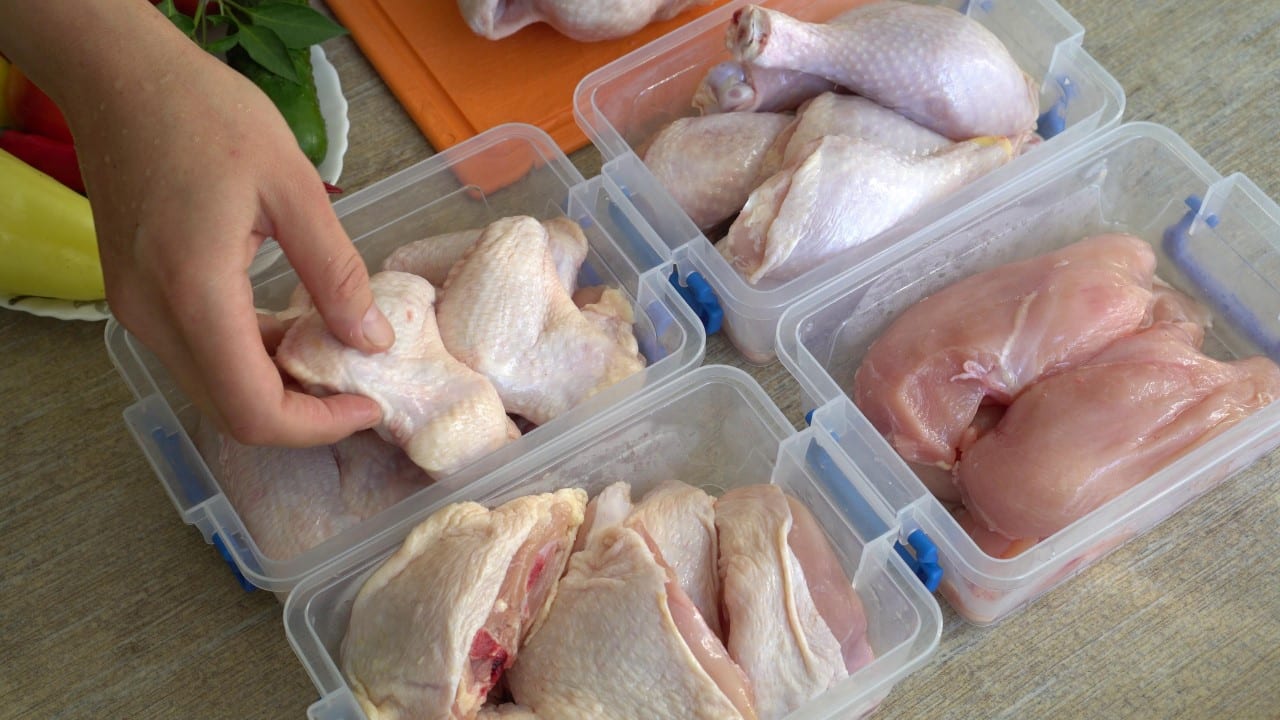
If it’s within your budget, a Costco, BJ’s, or Sam’s Club membership can help you save lots of money on items you can buy in bulk. With a bulk discount, you can get meat, canned food, frozen foods, rice, dry pasta, and much more, so your kitchen will be stocked, and your wallet will be happy.
18. Make Smart Substitutes

One way to save money and eat healthier is to swap out your less nutritious ingredients for cheaper, healthier ones. For example, rather than making a chicken curry with sour cream, swap the chicken for tofu and the sour cream for yogurt! This makes the meal more affordable and lessens the calories and fat.
19. Purchase Long-Lasting Produce

We get it if you don’t want to solely eat canned and frozen produce. But to avoid food waste, which equals wasted money, buy fruits and vegetables with a long shelf/fridge life. Foods like carrots, potatoes, corn, cabbage, and apples are tough and can last weeks or even months!
20. Eat in Moderation

The best diets highlight the importance of moderation; when you eat less, you buy less. We have a few tips for controlling your portion sizes. Try to use smaller plates and bowls. Rather than load up your plate, start small; you can always go back for seconds! And always plan to have leftovers.
21. Prioritize Perishables

When planning your meals, always use your perishable items first so you can eat them before they spoil. If you have lettuce or mushrooms in your fridge, eat those earlier in the week when they’re tastiest. Your frozen and canned food will happily wait for you.
22. Practice Proper Storage
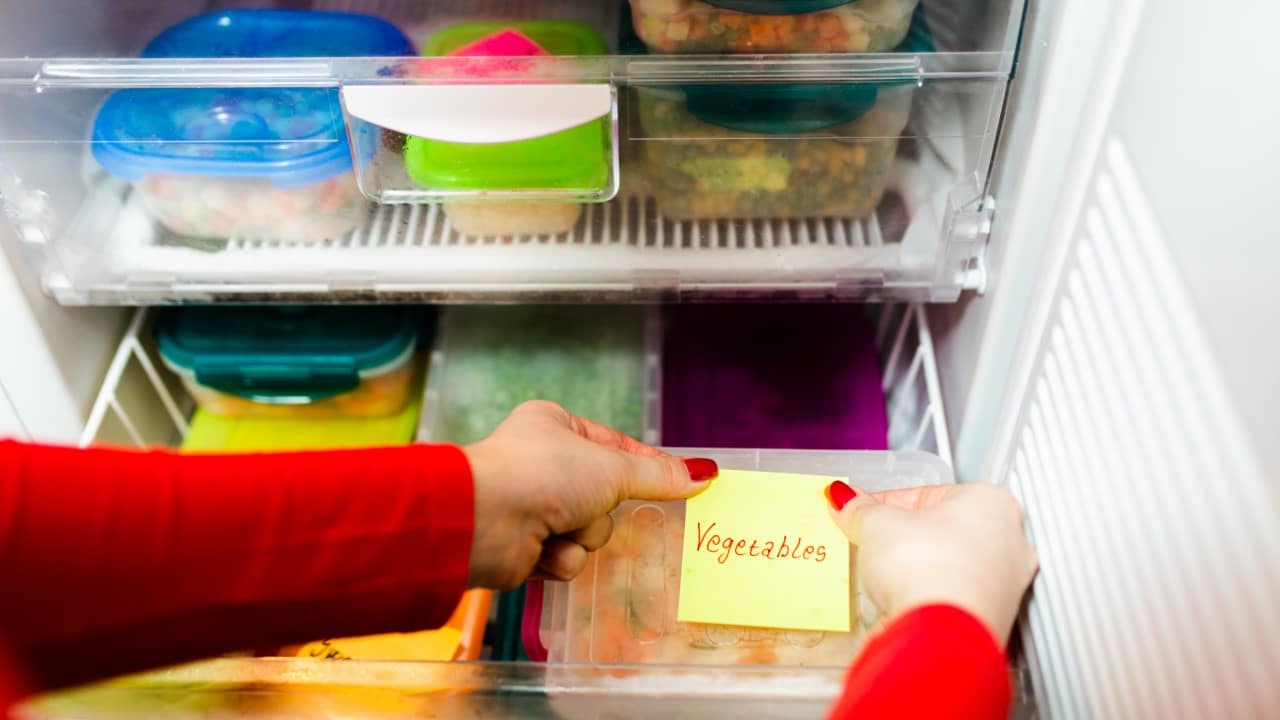
Storing your fruit, veggies, and herbs properly is a game changer. Every type of produce has a specific storage method; for example, potatoes should be kept in the dark, and avocados can be stored in water. Investing in proper storage containers can also do wonders for preventing food waste.
23. Learn to Transform Leftovers
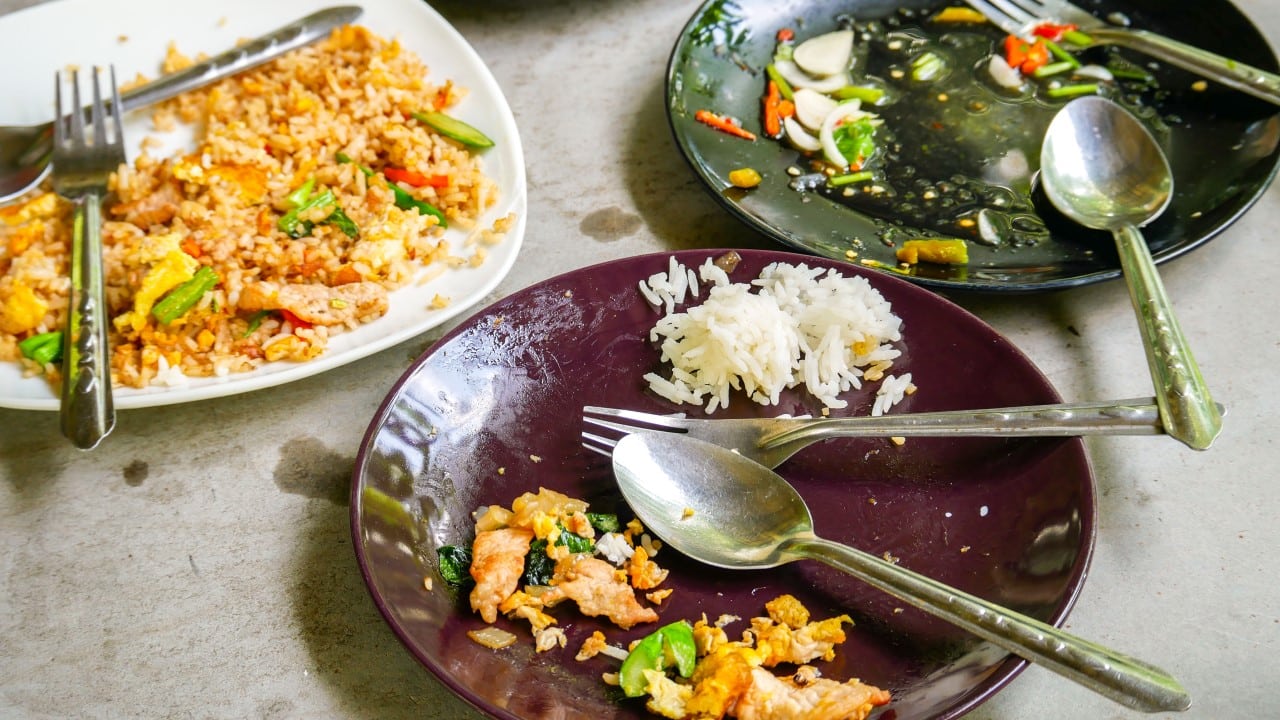
Eating the same thing you had last night can be boring. If you hate eating the same dinner a few nights in a row, practice transforming leftovers into new dishes. Leftover meatballs can make a delicious soup; old mac and cheese can become a tuna casserole. Get creative!
24. Don’t Eat or Order Out
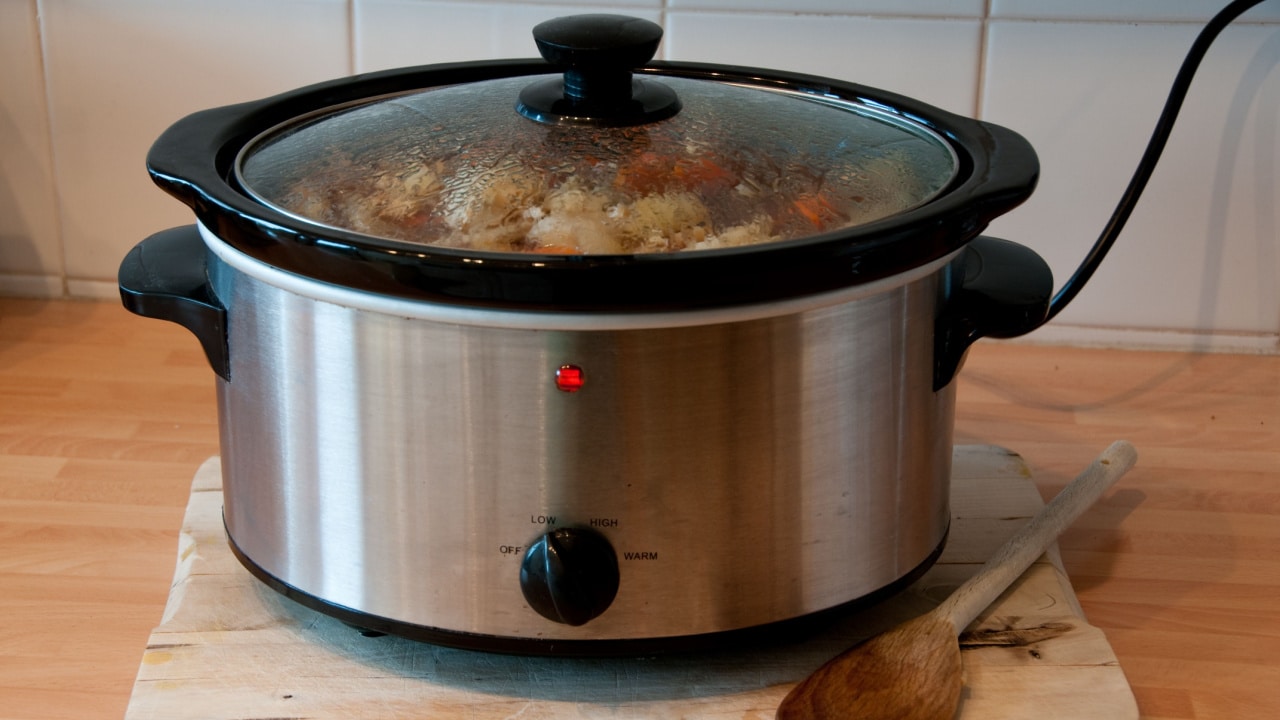
This one is tough but will make the most significant difference in your wallet. Delete your food delivery apps, throw away the takeout menus, and resist the urge to dine out every week. Not only is takeout and dining out pricey, but it usually means you’re eating something unhealthy.
